The worldwide surge in artificial intelligence (AI) and system mastering services has ushered in a wave of the latest technological opportunities for AI developers. In this ever-evolving landscape, the gear used to beautify these systems is constantly delicate. AI’s integration into various sectors has extensively multiplied the call for robust programming languages tailor-made in particular for AI improvement. Since the debut of ChatGPT in 2021, developers worldwide have gravitated toward gadget mastering, catapulting AI into the limelight. Undoubtedly, synthetic intelligence is profoundly reshaping expert workflows and social interactions.
Major global conglomerates such as Apple and Google have embraced the trend of AI innovation by offering personalized recommendation systems and digital assistants in IoT devices and wearables. Even widely used virtual assistants like Siri and Alexa heavily rely on artificial intelligence to generate prompt responses and facilitate various applications. However, it’s crucial to recognize the significant influence of programming languages on AI development, as advancements in this field have yielded remarkable results. By introducing new techniques tailored for novice programmers, AI has empowered them to master foundational concepts and gain valuable insights, seamlessly integrating AI into their daily workflows. Let’s delve deeper into the top 5 AI programming languages you should explore in 2024, along with their benefits, and insights on how AI development companies can facilitate your journey.
Top 5 AI Programming Languages
Numerous benefits of AI programming languages have endeared them to developers, seamlessly integrating into their daily operations. Most AI languages prioritize conciseness and offer a simpler learning curve, allowing developers to navigate extensive libraries and frameworks comfortably. They can delve into fundamental AI tasks such as natural language processing, deep learning, and machine learning. Our list of the best AI programming languages is curated from data provided by large, active developer communities. Let’s explore them:
1. Python
Python stands as one of the most popular programming languages in AI development. Despite its existence predating the AI boom, Python quickly became a cornerstone language in AI development. Widely used in machine learning, Python’s simplicity has solidified its position as a data analysis tool, particularly in the realm of big data. With a vast ecosystem of frameworks and libraries such as Matplotlib, Scikit-learn, and NumPy, along with Python-based frameworks like PyTorch and TensorFlow, Python is primarily used for developing neural networks and machine learning algorithms. Its open-source nature facilitates data analysis for uncovering patterns, behaviours, anomalies, and potential trends.
2. Julia
Julia has garnered significant attention among the AI community for its high performance and rapid prototyping capabilities. Its swift processing abilities are vital for AI development, especially given the vast amounts of data involved. With a user-friendly syntax akin to Python, Julia simplifies comprehension. Its compatibility with prominent languages like Python, R, and C allows developers to leverage powerful libraries such as PyTorch and TensorFlow and seamlessly integrate them into their applications. Julia’s parallelism and distributed computing capabilities enable AI platforms to manage heavy computational workloads and vast datasets without compromising performance. Its open-source framework fosters developer engagement with community-managed libraries, while integrating tools like Plots. jl and Gadfly.jl to streamline data visualization. Additionally, MLJ.jl supports deep learning and machine learning services.
3. C++
C++ is favored by AI development companies for performance-critical AI applications, including resource-intensive computations and real-time systems. Its exceptional execution speed makes it ideal for time-sensitive applications, providing fine control over design resources. While not as developer-friendly as Python, C++ excels in constructing AI infrastructure and operating autonomous vehicles. It also facilitates superior AI model management and the development of learning libraries for deep learning and machine learning. Libraries like Boost and Shark support AI development, with OpenCV offering tools for computer vision tasks, perfect for AI applications requiring visual data analysis.
4. Scala
Scala emerges as a valuable AI programming language for developing scalable applications requiring concurrency support and reinforcing functional programming. It offers specialty libraries extending beyond core AI benefits, including neural networks (ScalNet), distributed ML on Spark, numerics, and interoperation elements with the Java ecosystem. Scala blends object-oriented and functional programming techniques, enabling modular data abstraction and mathematical clarity. Its integration compatibility with major Java libraries and tools ensures smooth interoperability. With a robust type system, Scala leverages inference for flexibility and scalability via static checking, facilitating AI deployment across parallel infrastructures.
5. Haskell
Haskell, a functional programming language, emphasizes precise mathematical computation for AI algorithms. Its focus on minimizing adverse effects within operations enhances performance and bug mitigation, which is crucial for safety-critical systems. Haskell’s lazy code-evaluating capability optimizes resource usage while streamlining the abstraction and declaration of reusable AI elements. Primary libraries like LambdaNet and HLearn concentrate on neural networks and machine learning, with additional support for probability calculations and linear algebra through Bayes-Haskell and Haxcel.
Conclusion
Selecting the right programming language is essential for unlocking the full potential of AI and enriching your projects with advanced capabilities. Programming languages play a critical role in shaping the future of AI development, enabling developers to build more comprehensive and intelligent systems. Staying updated on emerging trends and selecting the best programming languages for AI can significantly contribute to your success. Collaborating with skilled AI developers who specialize in various languages and machine learning services can simplify the complex process of creating AI solutions. Companies like Devstree Australia, with expertise in the latest AI languages and frameworks, can accelerate development, provide access to cutting-edge resources, and offer ongoing support post-launch. Propel your AI projects to new heights by leveraging the right expertise and tools for your needs.






.svg)

.svg)


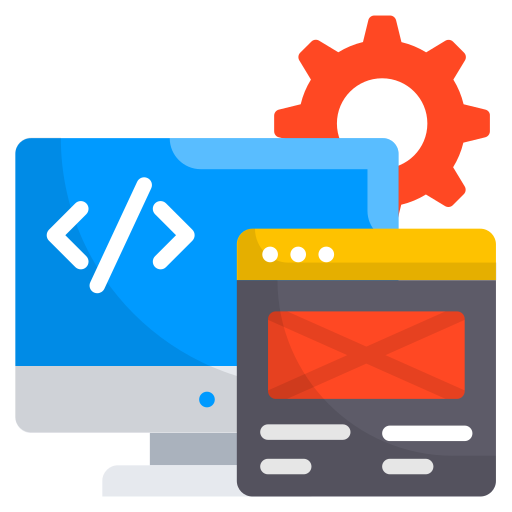


.png)


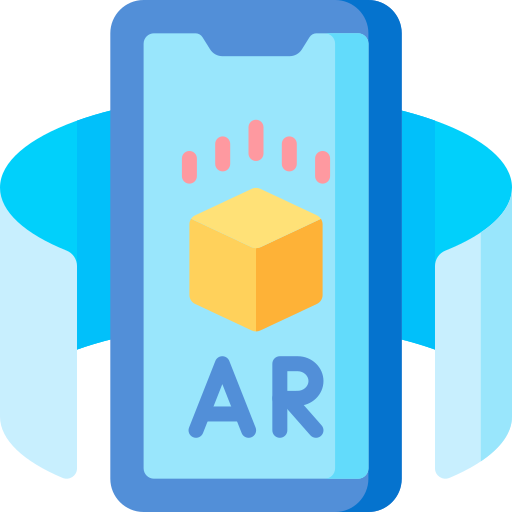





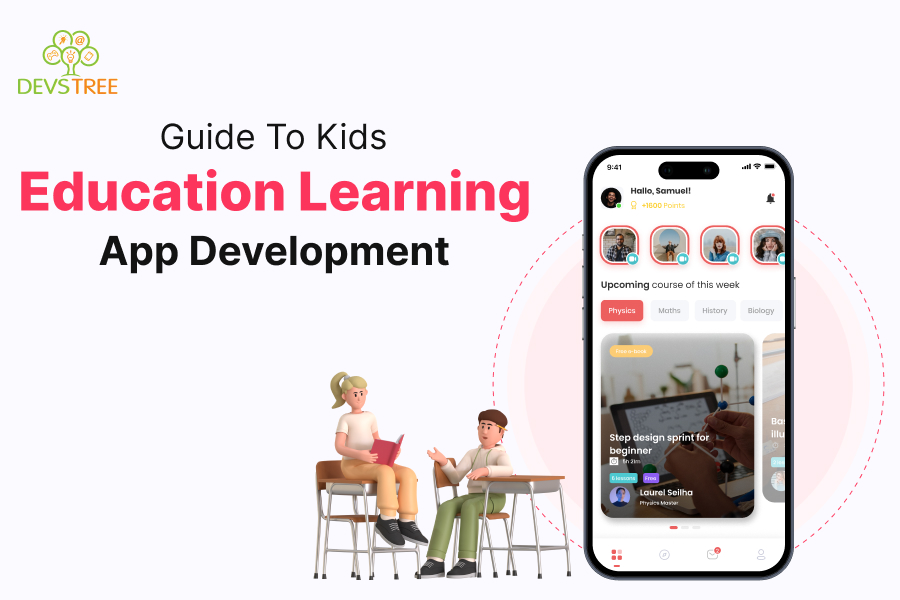

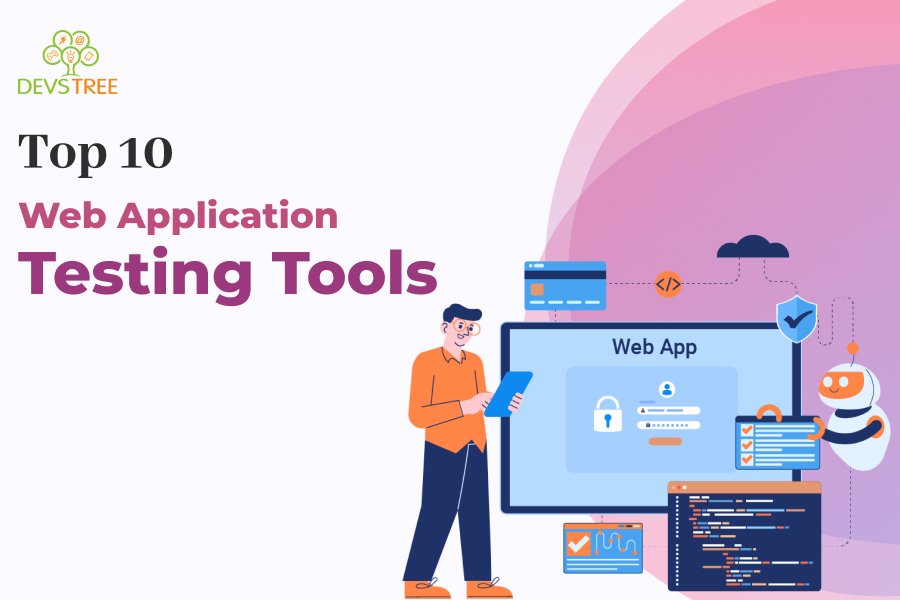

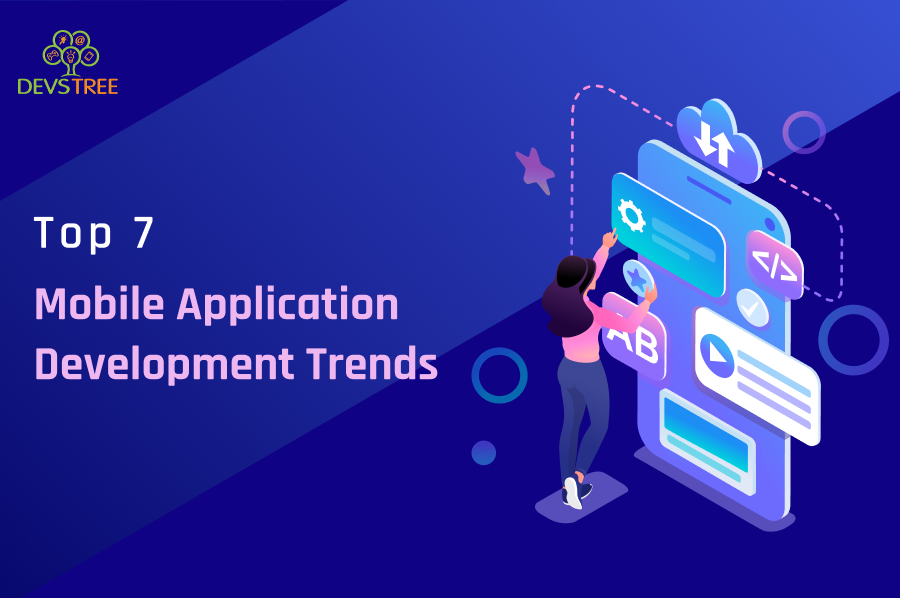
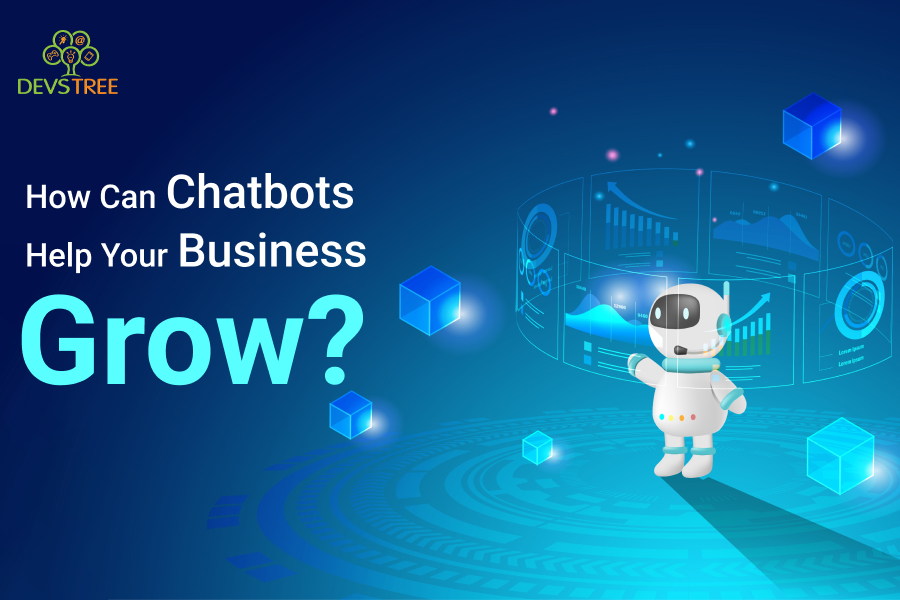
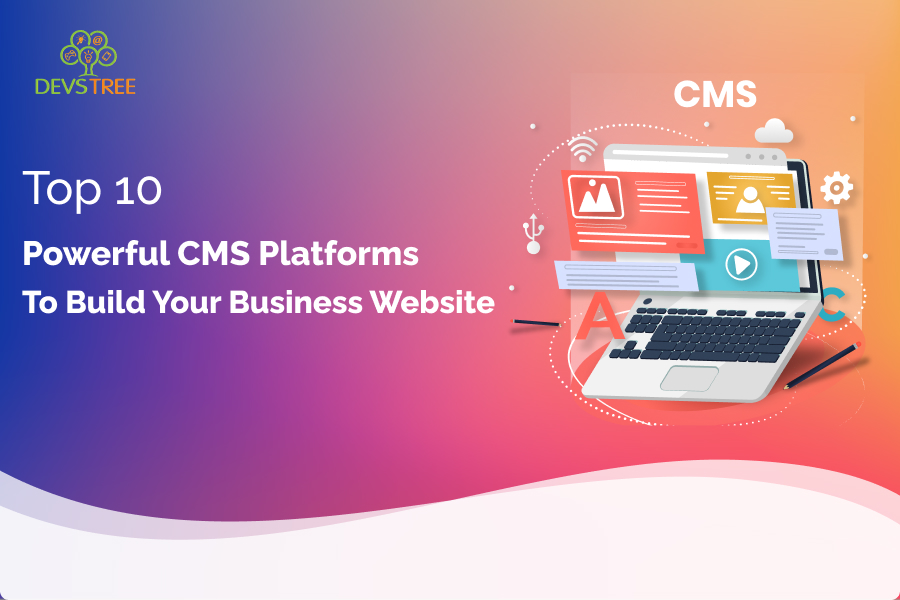
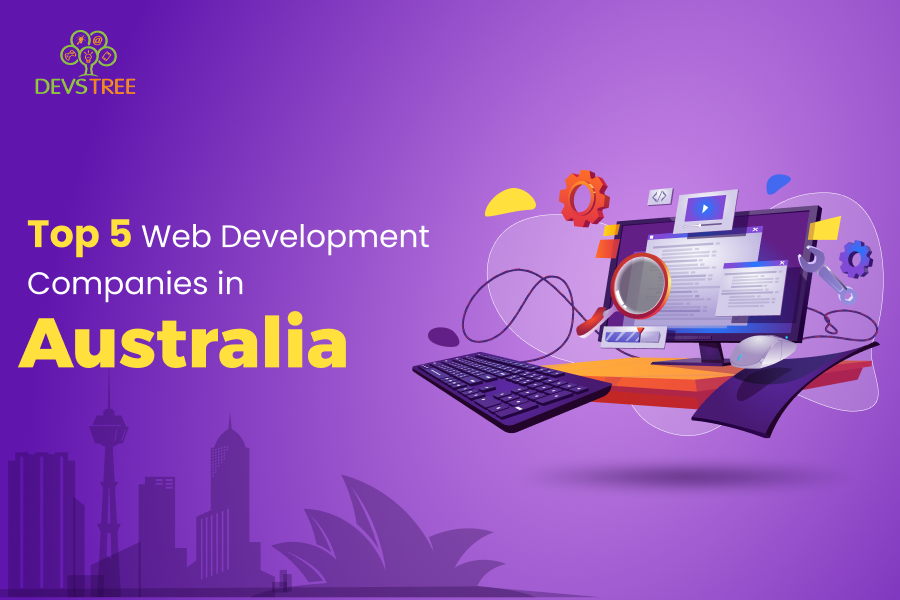





originil.webp)

originil.webp)

